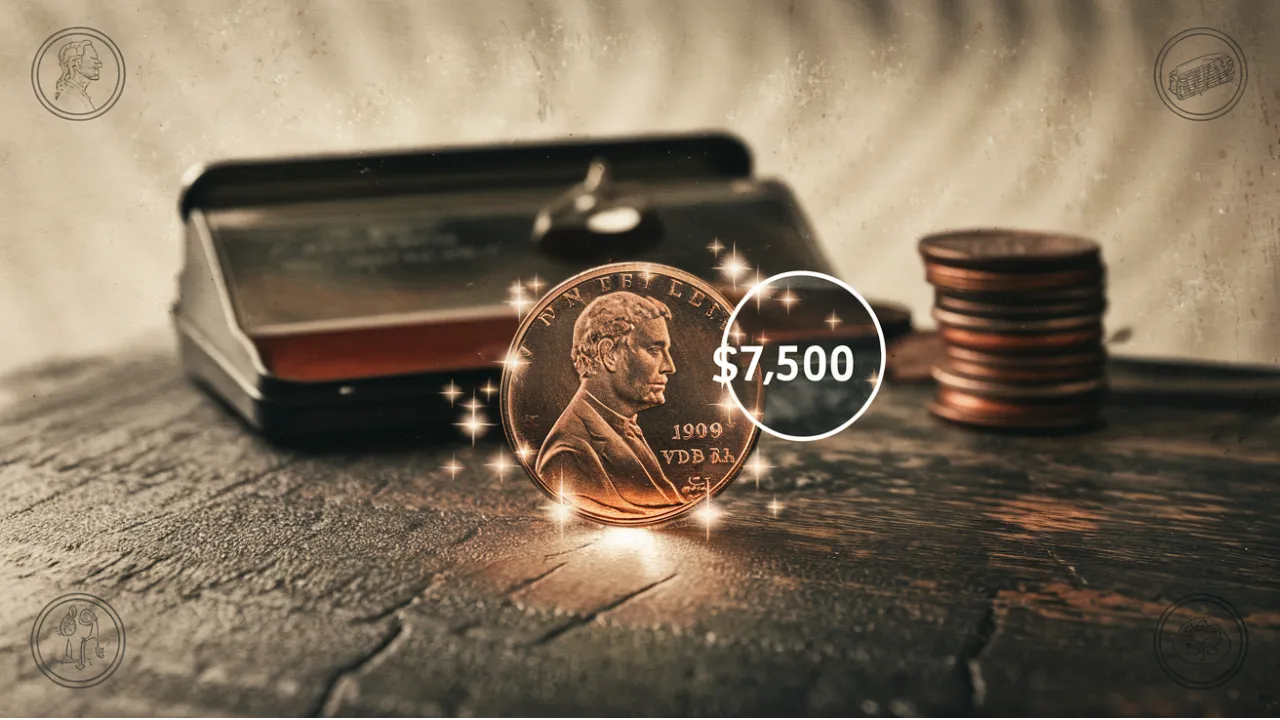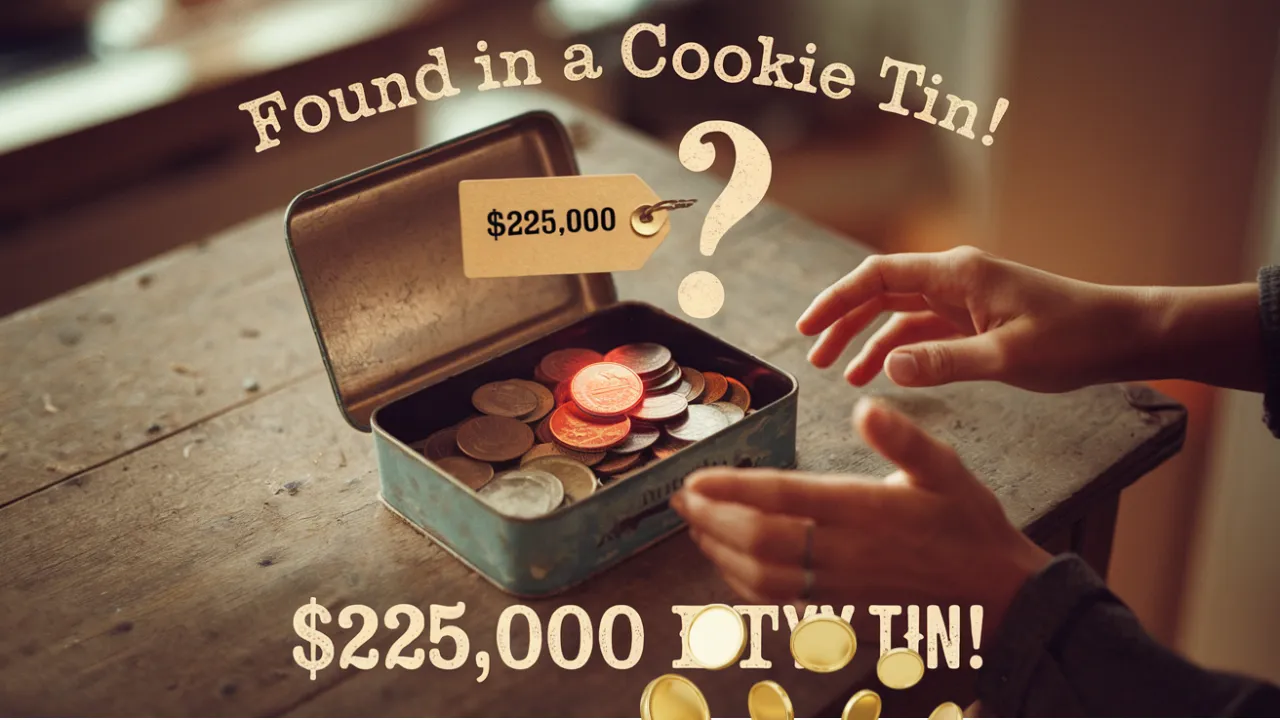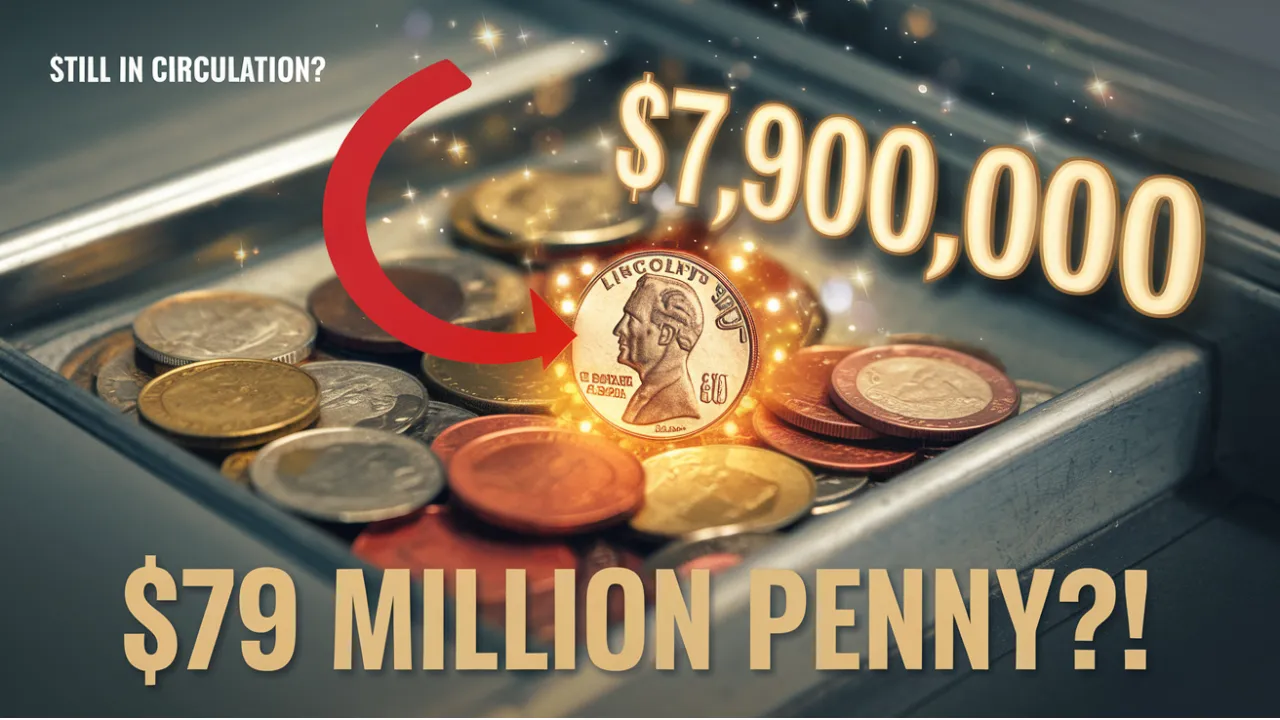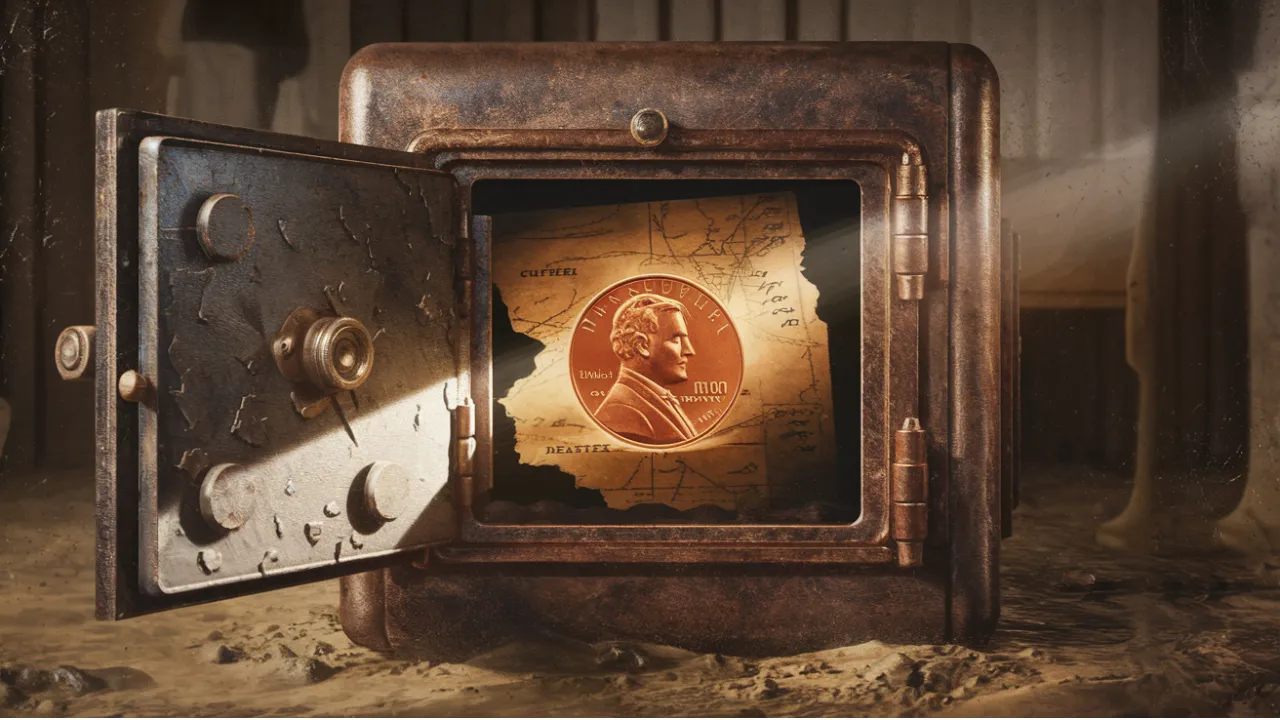Wheat Pennies: Wheat Pennies are more than just old coins—they are valuable pieces of American history. Minted from 1909 to 1958, these iconic coins were the first U.S. cents to feature Abraham Lincoln on the obverse, making them highly collectible. While many Wheat Pennies hold sentimental value, some rare variations are worth thousands of dollars, especially those with minting errors, low mintage, or unique design features.
If you’re a collector or just curious about the value of your old pennies, this guide will help you identify the most valuable Wheat Penny variations. Some of these rare coins have sold for as much as $7,500! Read on to discover which ones you should look for in your collection.
Overview of Rare and Valuable Wheat Penny Variations
The table below highlights some of the most valuable Wheat Pennies, their unique features, and estimated value ranges.
| Coin | Special Feature | Value Range |
| 1909-S VDB | First Lincoln penny with designer initials; very low mintage. | $500–$1,600+ |
| 1909-S | Early low-mintage coin without designer initials. | $70–$370 |
| 1909-S Over Horizontal S | Mint error with a misaligned “S” mintmark. | $80–$400 |
| 1914-D | Scarce coin with low survival in high condition. | $100–$400+ |
| 1917 Double Die Reverse | Visible doubling of text and design. | $160–$7,500 |
These rare coins are highly sought after by collectors, and their value depends on factors like condition, historical significance, and scarcity.
Why Are Some Wheat Pennies So Valuable?
Not all Wheat Pennies are valuable, but certain factors can make some worth a small fortune. Here’s why these pennies are in high demand:
1. Low Mintage and Rarity
Coins produced in smaller quantities tend to be more valuable. For example, the 1909-S VDB Wheat Penny had only 484,000 coins minted, making it extremely rare and desirable.
2. Mint Errors
Mistakes in the minting process can create unique coin variations. Coins like the 1917 Double Die Reverse or the 1909-S Over Horizontal S are examples of errors that increase a coin’s worth.
3. Historical Significance
Some Wheat Pennies hold historical importance, such as the 1909-S VDB, which was the first Lincoln cent ever minted. This connection to history makes them more valuable.
4. Condition and Grading
Coins in better condition fetch higher prices. Collectors look for pennies with sharp details, minimal wear, and no scratches or corrosion. A coin graded MS-65 (Mint State 65) or higher can be worth significantly more than one in poor condition.
Most Valuable Wheat Penny Variations
1. 1909-S VDB – The Most Famous Wheat Penny
The 1909-S VDB is one of the most sought-after Wheat Pennies. It was designed by Victor David Brenner, whose initials (V.D.B.) appeared on the reverse. However, the initials caused controversy, leading to their quick removal.
🔹 Why it’s valuable: Only 484,000 were minted, making it extremely rare.
🔹 Estimated value: $500 in circulated condition, up to $1,600+ for higher grades.
2. 1909-S – A First-Year Rarity
Another 1909 penny worth collecting is the 1909-S, which lacks the V.D.B. initials but remains valuable due to its low mintage of 1.83 million.
🔹 Why it’s valuable: It’s a first-year issue and harder to find in high condition.
🔹 Estimated value: Ranges from $70 to $370, depending on condition.
3. 1909-S Over Horizontal S – A Unique Mint Error
This rare error penny features a misaligned “S” mintmark, creating a double-impression effect visible under magnification.
🔹 Why it’s valuable: Mint errors like this are rare, making them popular among collectors.
🔹 Estimated value: $80 to $400, depending on condition.
4. 1914-D – A Key Date Coin
The 1914-D Wheat Penny, minted in Denver, is another high-value coin due to its low survival rate.
🔹 Why it’s valuable: Many were lost or heavily circulated, making well-preserved ones hard to find.
🔹 Estimated value: Starts at $100 for worn examples, but can go over $400+ in high grades.
5. 1917 Double Die Reverse – A Collector’s Dream
The 1917 Double Die Reverse penny features clear doubling in the text and design, making it highly desirable.
🔹 Why it’s valuable: Coin errors like this are rare and easy to identify.
🔹 Estimated value: $160 in lower grades, but pristine examples have sold for up to $7,500!
How to Identify Valuable Wheat Pennies
If you want to find rare Wheat Pennies, follow these expert tips:
✅ Use a Magnifying Glass – Look for mint errors, doubling, or misaligned letters.
✅ Check Mint Marks – Coins with an “S” (San Francisco) or “D” (Denver) tend to be rarer than those without.
✅ Inspect for Unique Features – Look for double dies, misplaced mintmarks, or off-center strikes.
✅ Know the Key Dates – Focus on coins from 1909, 1914, and 1917, as they often have valuable variations.
FAQs
Q1: How do I know if I have a rare Wheat Penny?
Check the date, mintmark, and condition. Use a magnifying glass to spot errors like doubling or misaligned mintmarks.
Q2: Should I clean my Wheat Pennies?
No! Cleaning coins can reduce their value by damaging the surface. It’s best to leave them as they are.
Q3: Where can I sell rare Wheat Pennies?
You can sell valuable coins through coin dealers, auctions, or online platforms like eBay. Having them graded by a professional coin grading service can increase their value.
Q4: Are all 1909 Wheat Pennies valuable?
Not all. The 1909-S VDB and 1909-S are rare and valuable, while the regular 1909 (without mintmarks) is more common and less valuable.
Q5: How can I protect my Wheat Penny collection?
Store them in coin holders or albums to prevent damage. Keep them away from moisture and direct sunlight to avoid corrosion.
Final Thoughts
Collecting Wheat Pennies is both a fun hobby and a great investment. Some of these pennies, especially the 1909-S VDB or the 1917 Double Die Reverse, can be worth thousands of dollars. If you have a coin collection or come across old pennies in your change, take a closer look—you might be holding a hidden treasure!
💬 Do you have a valuable Wheat Penny in your collection? Share your story in the comments below! And if you found this guide helpful, don’t forget to share it with fellow collectors. Happy coin hunting!











